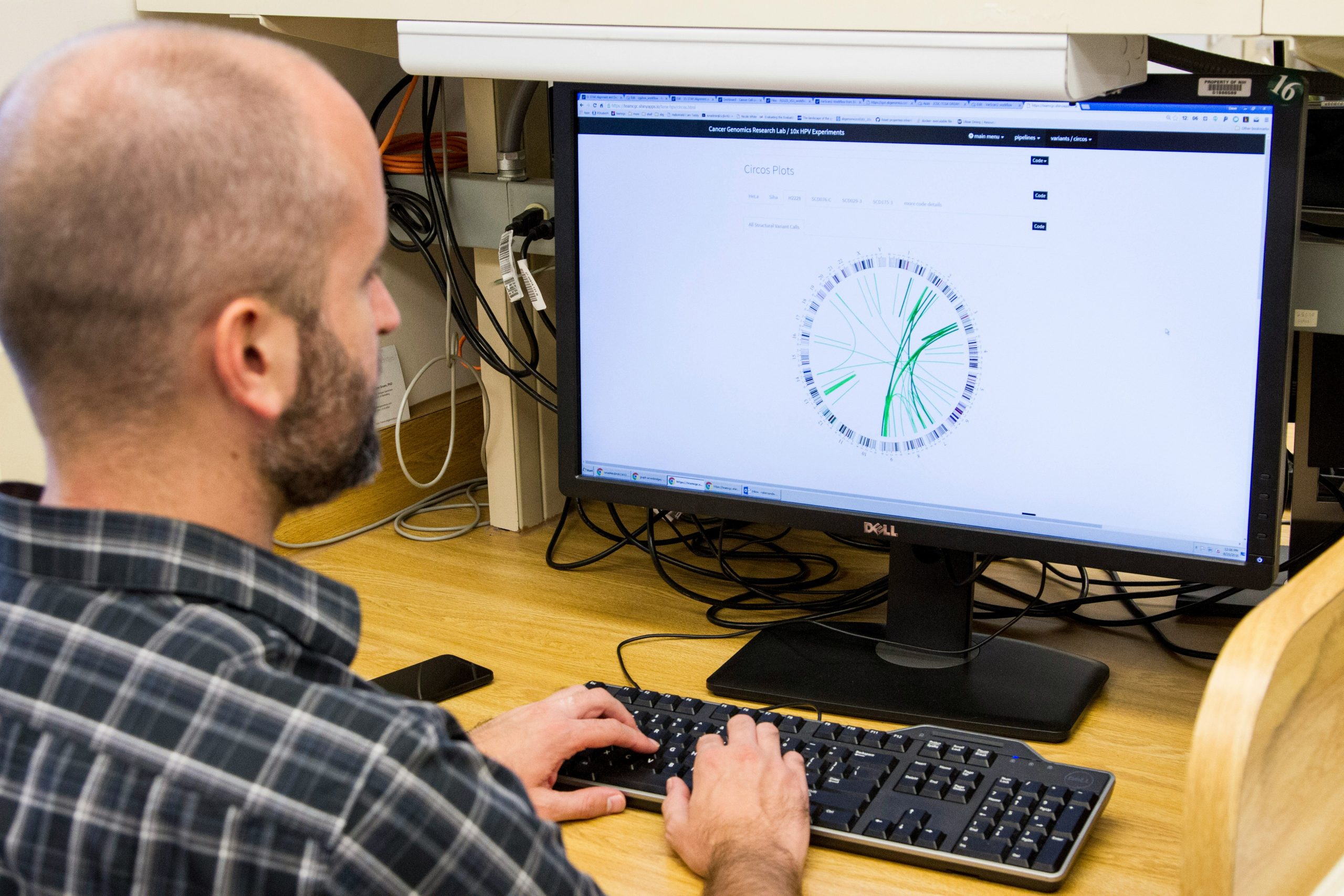Overheating Assessments for Part O

What is Overheating?
After Part O was introduced in December 2021 and completely implemented on June 15, 2022, overheating calculations are now a mandatory component of the UK's Planning and Building Regulations. In order to make sure that buildings offer residents a comfortable and healthy atmosphere throughout the warmer months, these calculations are intended to evaluate the danger of overheating within them. In addition to being uncomfortable, overheating can have a major detrimental influence on a building's energy efficiency, increasing the need for cooling and raising energy expenses.



Simplified Overheating Calculations
Dynamic Thermal Moddelling
A more sophisticated and precise technique for determining a building's danger of overheating is dynamic thermal modelling. This approach, which adheres to the methodology established by CIBSE in TM59, models the thermal behaviour of a structure using intricate computer simulations that account for variables including solar gain, internal heat gains, and ventilation rates. This makes it possible to evaluate the risk of overheating in greater depth and with greater accuracy.
Buildings in the postcode regions specified in Appendix C of Part O of the Building Regulations must use dynamic thermal modelling.
Because of the elevated risk of overheating in certain regions, the streamlined approach is deemed insufficient to guarantee adherence to the Building Regulations. You can precisely determine the risk of overheating and take the necessary precautions to reduce it by using dynamic thermal modelling.
